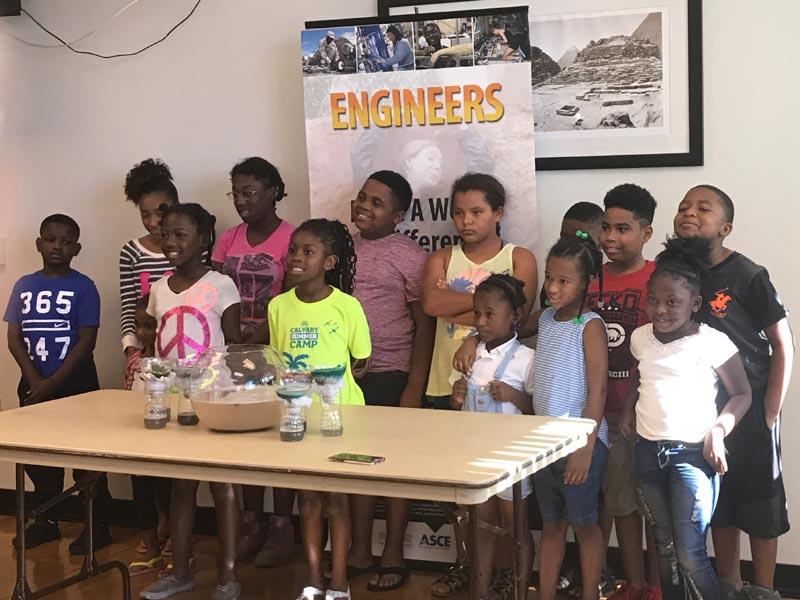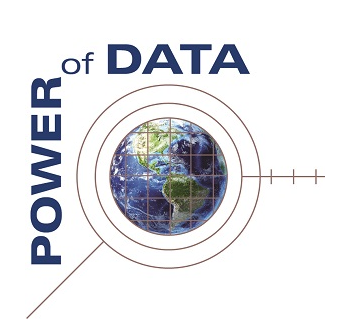The Bessie Coleman Project - Using Computer Modeling and Flight Simulation to Create STEM Pathways
This strategies project advances efforts of the Innovative Technology Experiences for Students and Teachers (ITEST) program to better understand and promote practices that increase students' motivations and capacities to pursue careers in the fields of science, technology, engineering, or mathematics (STEM). Specifically, the project will use computer modeling and flight simulations as mechanisms to provide unique entrées to STEM and STEM careers for predominately underrepresented elementary and middle school students in the Rocky Mountain and Mid-Atlantic regions of the United States.

